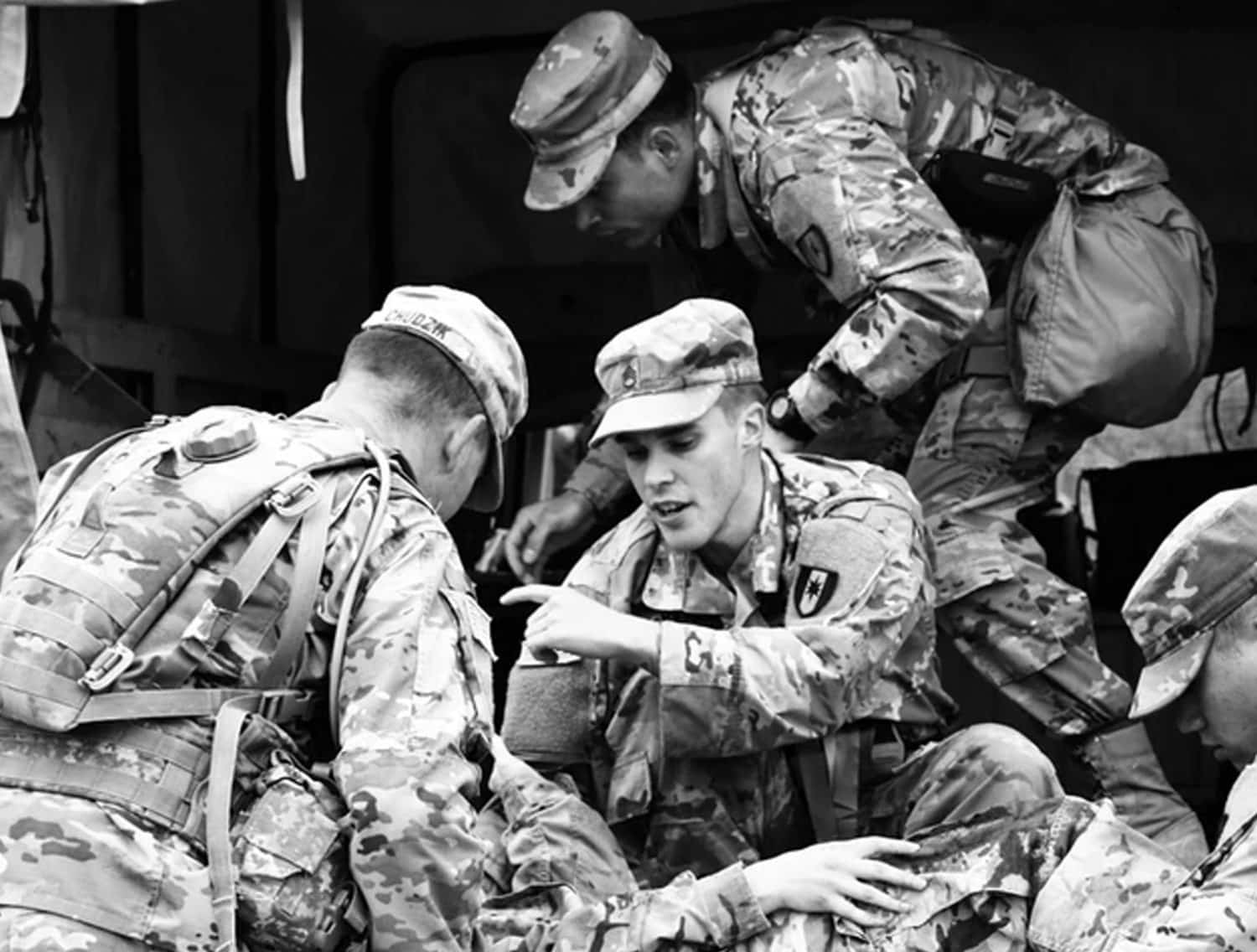We offer addiction treatment and rehabilitation for Military Veterans.
At Trafalgar Addiction Treatment Centres, we offer an accredited addiction treatment program to help military veterans recover from substance use disorder and addiction. Our recovery community includes clients from all walks of life, which can benefit veterans by representing the civilian society they may be striving to reintegrate into.
Our highly-qualified clinicians are experts in treating addiction alongside the types of concurrent mental health disorders that often affect Military veterans, including PTSD, anxiety and depression.
We provide a safe and controlled environment, essential in treating clients with concurrent disorders. This kind of understanding, compassionate environment is an essential aspect of our treatment protocol.







